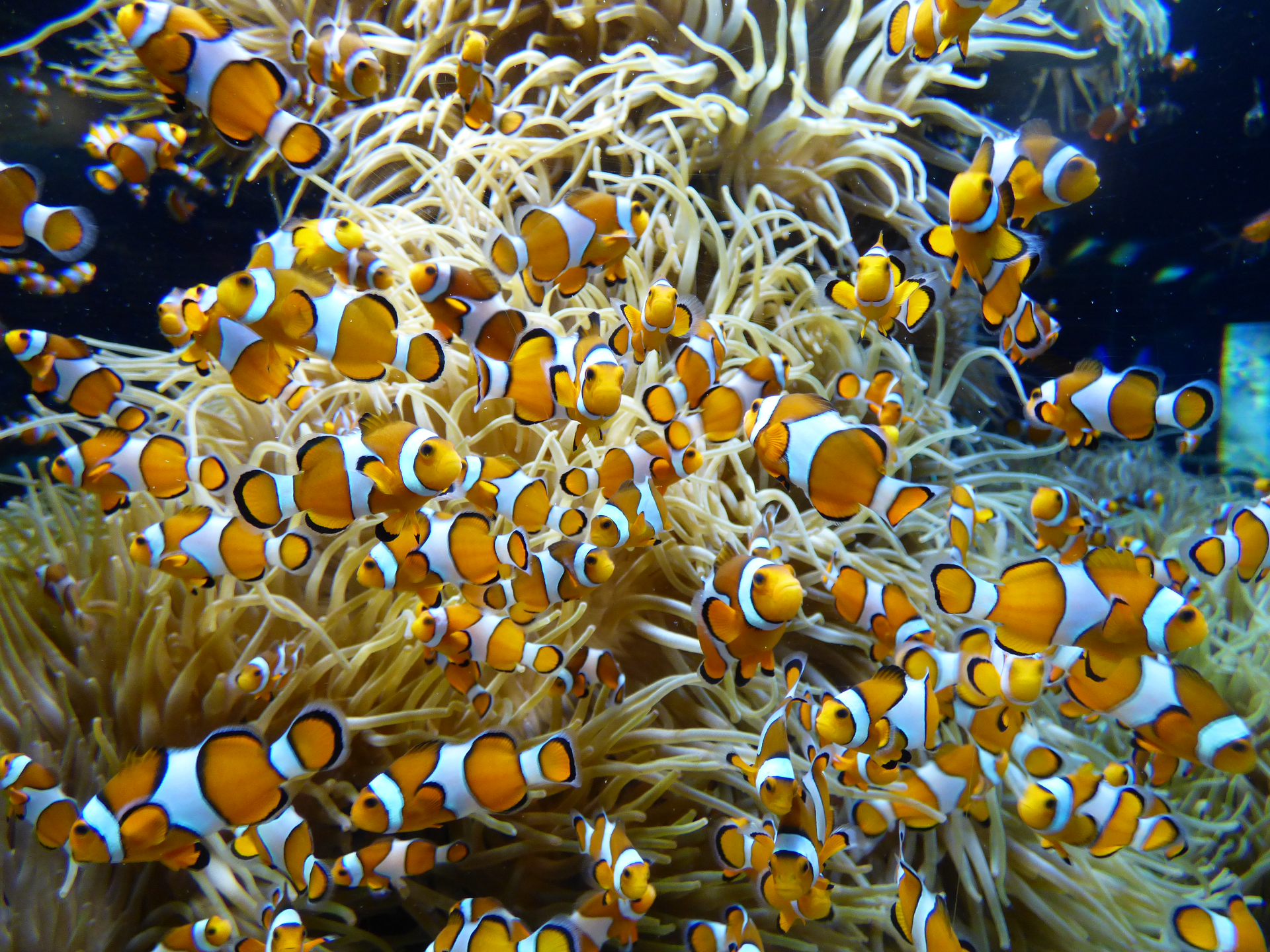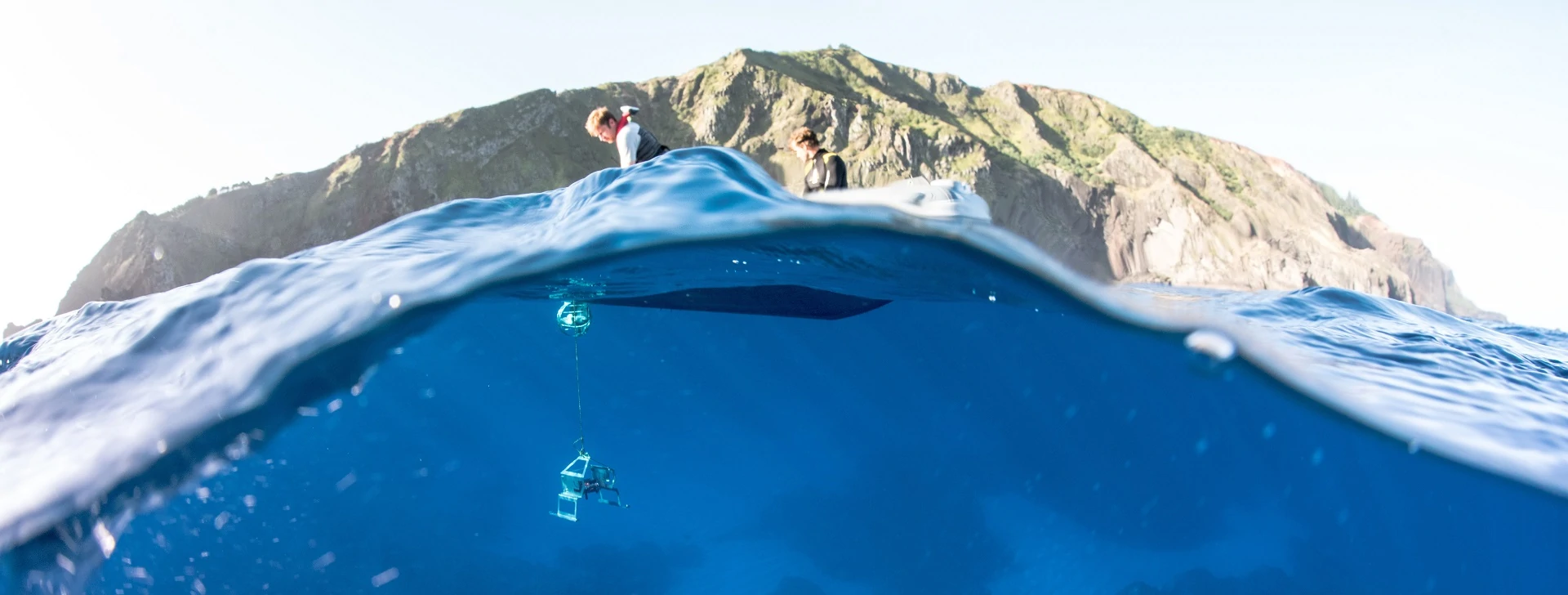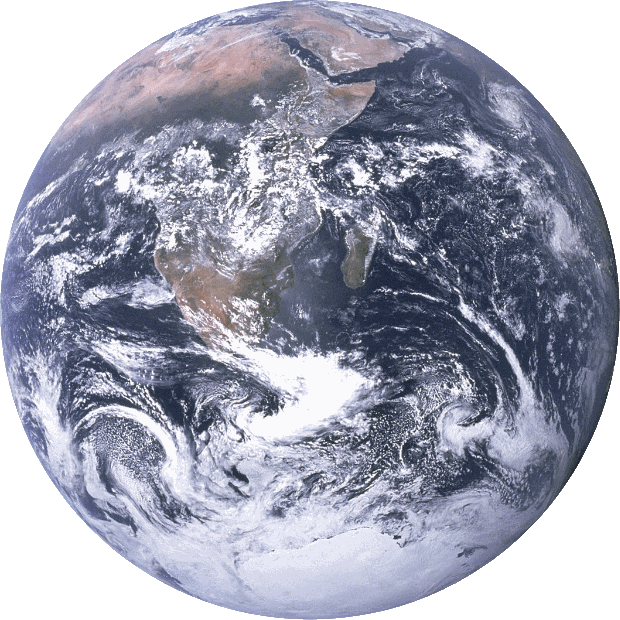Publication Abstract
- Title
-
Spatial distribution and characterization of plastic pollution in a continuous environment combining in situ observations with 3D litter tracer model: Thames River, North Sea and Elbe River.
- Publication Abstract
-
Plastics from land are transported into the rivers and ultimately are exported further into the oceans. Spatial and seasonal variations of plastic particles are briefly studied in field research; however, little is known about how these distribution patterns correlate with the eventual transport and accumulation of plastics in marine environments.
This study analysed surface water samples in a continuous environment that comprise the Thames River, the North Sea and the Elbe River during 2022 and 2023. Plastic was collected along 22 stations using a manta net (>335 µm) and WP2 net (200 µm), the particles were sorted and scanned using the ZooScan and polymer identified with infrared hyperspectral imaging. The observed concentrations were incorporated to a 3D particle dispersal model to predict transport pathways from riverine sources to the marine environment.
Thames River presents the highest plastic concentration with an average of 9.5 particles m-3, followed by Elbe River (1.07 particles m-3) and North Sea (0.19 particles m-3). In the Thames River, the highest concentrations are found at the stations closer to London city, whereas, in Elbe River, plastic is more abundant in the areas influenced by the tide. Overall, there is no significant difference between summer and winter.
Fragments are the most prevalent plastic shape across all three aquatic systems. Overall, fragments accounted for 70.4 %, of all the particles, pellets 13.9 %, filaments 8.0 %, films 6.2 % and 1.4% foam. Micro (<5mm), meso (5-20 mm), and macro (>20 mm) particles were quantified and characterized. Microplastics were the most abundant size class comprising 93.4 % of the total particles. However, in terms of mass, macroplastics contributed to the greatest weight. Our results indicate that plastic abundance is higher in rivers than in the sea, suggesting a potential sinking or fast redistribution of the particles when reaching the ocean. Furthermore, the size distribution of plastic particles reflects an influence of the environment in the fragmentation process.
- Publication Authors
-
Rocío Rodríguez-Torres, Aaron Beck, Friederike Stock, Katsia Pabortsava, Fabien Lombard, Emma Labis, E. Louis Caray-Counil, Deborah Stoll, Riana Braun, Richard Lampitt, Alice Horton, Danja P. Hoehn*, Adrian Farcas*, John Aldridge*, Jennifer Graham*, Adil Bakir*, Rob McEwan*, Maria Luiza Pedrotti 1
- Publication Reference
-
Environmental Pollution
- Publication Internet Address of the Data
- Publication Date
- Publication DOI: https://doi.org/
- Publication Citation


